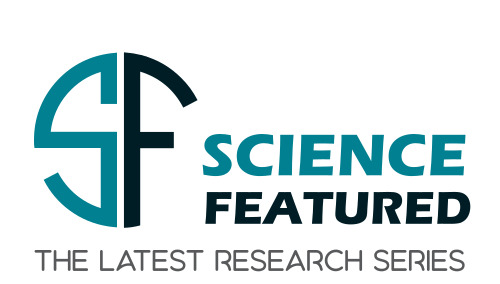After moving past the peak times of the COVID-19 crisis, the World Health Organization signaled the close of the global health emergency. However, with a significant number of deaths still occurring, robust systems to monitor the virus remain crucial. This necessity has steered researchers toward exploring wastewater surveillance as a more accurate, comprehensive, and predictive method to track the virus’s presence and changes in the period following the emergency.
A groundbreaking study led by Dr. Kristine Dye from Stetson University and her 10 students, including Bryan Sanchez Jimenez, Trinity Sterling, Austin Brown, Brian Modica, Kaylee Gibson, Hannah Collins, Carolyn Koch, and Tyler Schwarz, showcased the effectiveness of analyzing wastewater in understanding the spread of the virus. Over a series of months, the team measured and identified the genetic makeup of the COVID-19 virus in wastewater to study the expected increase in cases during the colder months. Contrary to expectations, the study revealed a lower-than-anticipated spread of the virus in the Fall of 2022, challenging the idea that SARS-CoV-2 spreads more during winter.
Dr. Dye highlighted the proactive nature of wastewater surveillance, stating, “The ability of wastewater surveillance to detect minute changes in virus levels 30 to 46 days before they appear in clinical diagnostic tests, even at low baseline levels, allows for early preparation and response to potential surges”.
Furthermore, Dr. Dye found that wastewater surveillance of SARS-CoV-2 allowed researchers to identify mutations that may be found in future variants. As it is likely that these mutations would not have been detected by current sequencing approaches from clinical samples, wastewater sequencing provides a novel approach to predict future variants that may be able to infect more people and/or evade therapies. Dr. Dye explained, “Our wastewater sequencing analyses allowed us to visualize the strong evolutionary pressure on the virus, leading to a large number of mutations that enable the virus to evade the immune system”.
The ability to identify changes nearly a month and a half in advance positions wastewater surveillance as a promising early warning system for potential future increases in virus cases. Additionally, the process of examining the genetic material in wastewater not only confirmed the presence of known virus variants but also helped in spotting changes that might signify the emergence of new variants. This is crucial for updating vaccines and treatments in a timely manner.
In summary, the study by Dr. Dye and her team at Stetson University has demonstrated that wastewater surveillance during the post-emergency period is an essential tool. It offers a more complete picture of the presence and evolution of SARS-CoV-2, potentially guiding global health strategies in the ongoing battle against the COVID-19 pandemic.
Journal Reference:
Bryan Sanchez Jimenez, Trinity Sterling, Austin Brown, Kristine N. Dye et al. 2023. Wastewater surveillance in the COVID-19 post-emergency pandemic period: A promising approach to monitor and predict SARS-CoV-2 surges and evolution. Heliyon. DOI: https://doi.org/10.1016/j.heliyon.2023.e22356.
About the Authors

Dr. Kristine Dye, an Assistant Professor of Health Sciences and Biology at Stetson University, earned her Ph.D. in Pathobiology from the University of Washington. While working on her Ph.D. with Dr. Denise Galloway at the Fred Hutchinson Cancer Research Center, Dr. Dye studied the mechanisms by which oncogenic viruses lead to transformation and tumorigenesis. More specifically, Dr. Dye studied the mechanisms by which Merkel Cell Polyomavirus led to the development of Merkel Cell Carcinoma. Since joining Stetson University, Dr. Dye has continued her studies of oncogenic virology and has expanded her reach to include other studies, including viral evolution and pandemic tracking.

Bryan Sanchez Jimenez graduated from Stetson University with his bachelor’s in Health Sciences. Originally, as an undergraduate Bryan planned on pursuing a medical degree after graduating from Stetson University; however, his exposure to research in Wastewater Surveillance for SARS-CoV-2 with Dr. Dye during his senior year of his undergraduate peaked his interest in the potential of pursuing research and attending graduate school. Bryan is currently attending New York Medical College, where he is earning a master’s in microbiology and immunology while working with Dr. Paul Michael Arnaboldi, assisting in the development of mucosal vaccines against Pseudomonas aeruginosa.













































